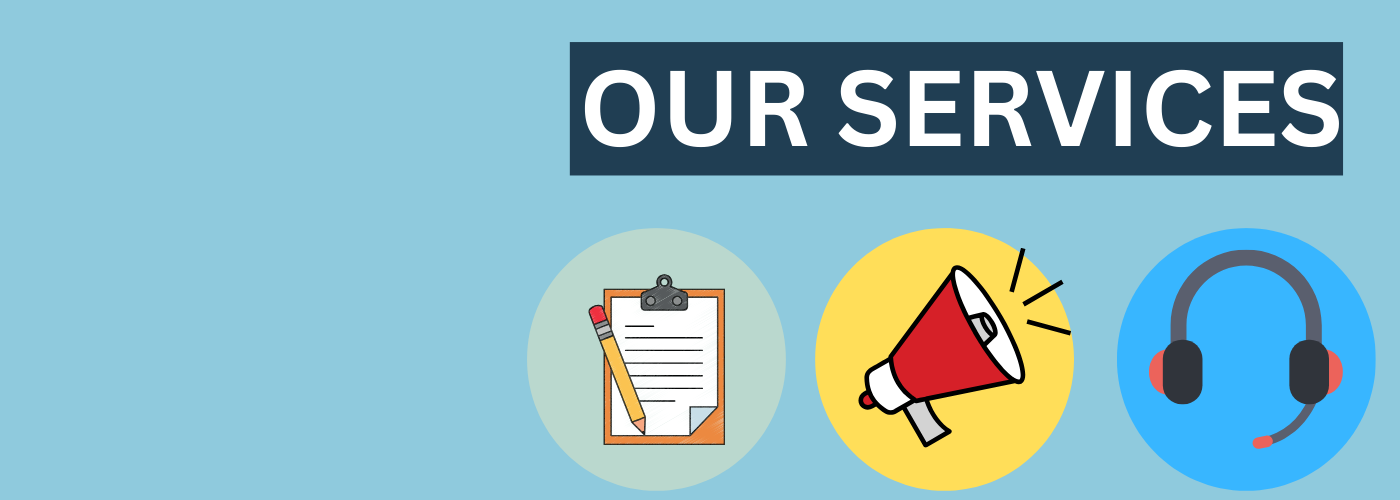Pubvertise.com creates custom author websites designed to showcase your work and connect you directly with readers. We blend proven publishing know-how with modern web strategies to give your books a professional online presence, build lasting visibility, and create a hub where your audience can discover, engage, and buy from you.
Why Your Website Is More Than Just a Digital Business Card
For today’s author, a website is not optional—it’s the foundation of your platform. Social media trends rise and fall, publishers come and go, but your website remains your online home base. Think of it as your “author headquarters”: a place where readers, reviewers, agents, and booksellers can discover who you are, what you’ve written, and why they should care.
Unlike social media profiles you don’t control, your website is yours. It’s the one corner of the internet where you set the rules, showcase your books the way you want, and capture your audience without distractions.
Control the Narrative: Your Story, Your Way
Readers don’t just buy books—they buy into authors. Your website is where you craft your story as an author. From your “About” page to your blog, every detail can reinforce your brand and voice.
- Author Bio: This is your chance to connect on a human level. Why do you write what you write? What drives your storytelling?
- Professional Branding: Colors, fonts, and imagery set the tone. Are you a thriller writer? A romance author? A historical novelist? Your website should feel like your books.
- Book Pages: Every title deserves its own spotlight with cover images, blurbs, reviews, and purchase links.
When you control the narrative, you’re not just another name lost in Amazon’s endless scroll—you’re building a recognizable identity.
One Stop for Readers, Reviewers, and Media
An author website is more than pretty design—it’s functional. Done right, it becomes a hub for everyone in your book’s orbit.
- Readers find previews, order links, and bonus content.
- Reviewers grab press kits with high-res covers, bios, and sample chapters.
- Media quickly locate your contact info, professional headshots, and background.
This isn’t just helpful—it makes you look professional. Whether you’re self-published or traditionally published, professionalism sets you apart.
Build Direct Connections With Readers
Social media may connect you to readers, but platforms can change their rules overnight. (Remember when organic reach on Facebook meant something?)
Your website gives you something social media can’t: direct contact. Through email sign-ups, free downloads, and exclusive updates, you’re creating a direct reader pipeline—no algorithm in the way.
Tips to Build Reader Loyalty:
- Email List Integration – Use tools like MailerLite or ConvertKit to capture subscribers.
- Exclusive Content – Offer a free short story, bonus chapter, or behind-the-scenes notes.
- Consistent Updates – Blog posts, newsletters, or event announcements keep you relevant.
Your email list becomes your most valuable asset, because no one can take it away from you.
Sell Direct and Keep More Royalties
While Amazon and other retailers are crucial, your website can also become a storefront. By selling directly to readers, you keep more of your royalties, control pricing, and gather valuable customer data.
Direct sales don’t just put more money in your pocket—they also build stronger reader relationships. You can bundle books, offer signed copies, or create special promotions that retailers simply can’t.
Imagine:
- Signed editions with personalized notes.
- Special pricing for box sets.
- Merchandise tied to your books (bookmarks, mugs, posters).
Your website allows creativity and flexibility in sales that Amazon never will.
A Central Hub for All Platforms
Your readers may find you on Instagram, TikTok, or Goodreads, but they should always be funneled back to your website. Think of it like the hub of a wheel—every spoke (social media, book retailers, podcast interviews) connects back to the center.
When you post on social media, link to your website. When you do an interview, mention your website. When someone Googles your name, your website should be the first result.
This central hub ensures consistency and control. No matter where someone first encounters you, they’ll always know where to go to find the “official you.”
SEO: Be Found By the Right Readers
One of the most overlooked benefits of a website is search engine optimization (SEO). While TikTok might go viral for a week, Google searches last forever.
By blogging about your writing process, your genre, or book-related topics, you increase the odds that new readers stumble upon you organically. Someone searching “best WWII historical novels” could land on your site—then click straight to your book page.
Quick SEO Wins:
- Use keyword-rich page titles (e.g., “Best Cozy Mystery Books by Jane Smith”).
- Add alt text to images (Google reads this!).
- Blog regularly with valuable, searchable content.
Your website is more than a static billboard—it’s a magnet for discovery.
Longevity: A Career Investment
Your website grows with you. Today it may host one book, tomorrow a series, and in five years your entire backlist plus speaking engagements, courses, or film rights.
Think long term: each book adds value, each post builds authority, and each reader sign-up strengthens your foundation.
Final Thoughts
Your website is not just a piece of the puzzle—it is the puzzle’s centerpiece. It’s the one thing you truly own, the one place that works for you 24/7, and the one tool that brings all the moving parts of your author career into harmony.
Social media may come and go. Book retailers may rise and fall. But your website remains the hub of your author platform—the digital home where readers, reviewers, and opportunities find you.
If you haven’t built one yet, now’s the time. If you have one, it’s time to optimize it. Because in today’s crowded publishing world, visibility isn’t given—it’s built.

